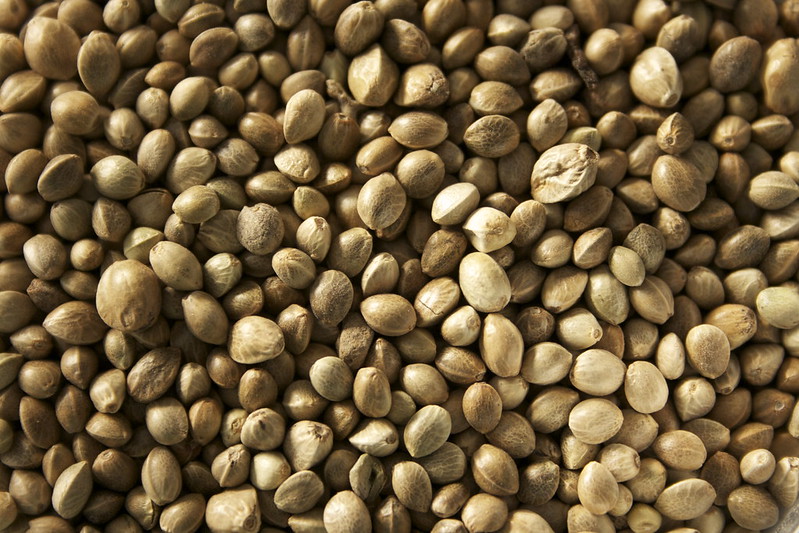
If you’re seeking a natural and nutritious way to support your weight loss goals, look no further than hemp seeds. These tiny seeds may be small in size, but they pack a powerful nutritional punch. Hemp seeds are not only rich in essential nutrients but also offer unique properties that can aid in your weight loss journey. Let’s uncover the hidden secrets of hemp seeds and learn how to unlock their potential for weight loss. 🌱💪
1. Protein Powerhouse for Sustained Energy 💪🌿
Hemp seeds are an excellent source of plant-based protein, making them an ideal addition to a weight loss diet. Protein plays a crucial role in supporting muscle growth, repair, and overall energy levels. By including hemp seeds in your meals or snacks, you can provide your body with the building blocks it needs to thrive. The protein content in hemp seeds helps keep you feeling satisfied and energized, making it easier to adhere to your weight loss plan. Harness the protein power of hemp seeds and fuel your weight loss journey! 🌟🍽️💪
2. Healthy Fats for Satiety and Nutrient Absorption 🥜💫
While the thought of fats may seem counterintuitive to weight loss, it’s important to include the right kinds of fats in your diet. Hemp seeds are rich in healthy fats, including omega-3 and omega-6 fatty acids. These fats provide a feeling of satiety, keeping hunger at bay and reducing the likelihood of overeating. Additionally, healthy fats play a role in nutrient absorption, helping your body make the most of the vitamins and minerals it receives. Embrace the nourishing power of hemp seeds’ healthy fats and support your weight loss journey with balanced nutrition. 🌟💪🍽️
3. Fiber Boost for Digestive Health and Satiety 🌾🌿
Fiber is an essential component of a weight loss diet, and hemp seeds are an excellent source of dietary fiber. Incorporating hemp seeds into your meals can contribute to improved digestive health and enhanced feelings of fullness. Fiber adds bulk to your diet, promoting regular bowel movements and supporting a healthy gut. By including hemp seeds in your meals, you can increase your fiber intake and potentially reduce cravings and overeating. Embrace the fiber boost of hemp seeds and nurture your body from the inside out. 🌟🍽️🌾
4. Versatile Culinary Ingredient for Flavorful Meals 🌿🍽️
One of the great advantages of hemp seeds is their versatility in the kitchen. These seeds can be incorporated into a wide range of dishes, adding a pleasant nutty flavor and a delightful crunch. Sprinkle hemp seeds over salads, blend them into smoothies, or mix them into your favorite baked goods. You can even use hemp seed oil as a dressing or drizzle it over roasted vegetables. The culinary possibilities are endless, allowing you to enjoy the nutritional benefits of hemp seeds while delighting your taste buds. Get creative and let hemp seeds elevate your meals! 🍽️👩🍳🌿
5. Mindful Snacking and On-the-Go Nutrition 🧘♀️🌼
Snacking mindfully is an important aspect of weight loss, and hemp seeds can be a perfect on-the-go snack. Portion out a serving of hemp seeds and carry them with you for a quick and nutritious pick-me-up. Their compact size and nutrient density make them a convenient and nourishing snack option. Whether you’re hiking, at the office, or on the road, hemp seeds can be your go-to snack for sustained energy and satiety. Embrace the mindfulness of snacking and fuel your weight loss journey with hemp seeds. 🍴🌼✨
Incorporating hemp seeds into your weight loss plan can provide numerous benefits, including a protein boost, healthy fats for satiety, fiber for digestion, culinary versatility, and mindful snacking options. So, don’t underestimate the power of these tiny seeds. Unlock the nutritional potential of hemp seeds and embark on a weight loss journey that nourishes both your body and your taste buds. 🌱🍽️💪









